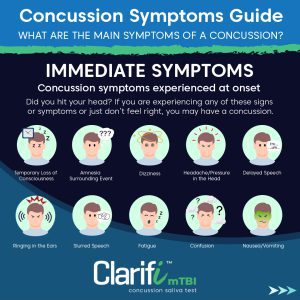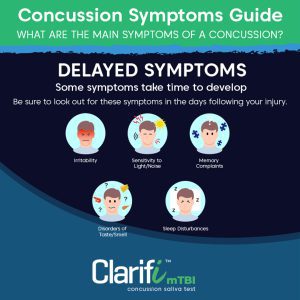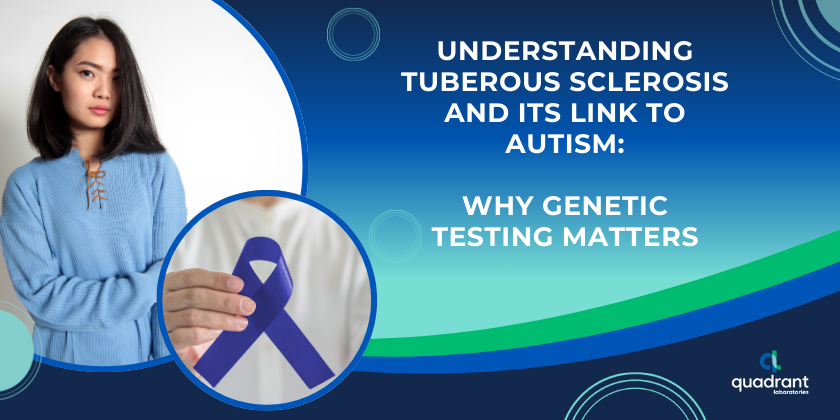
Recent events in the world of professional football have brought to light the severe impact that multiple head injuries can play on a person’s overall health. Failing to recognize immediate signs and symptoms or not knowing that these symptoms can sometimes show up days or weeks after an injury can be detrimental to the brain’s healing process.
Although concussion is classified as a mild traumatic brain injury (mTBI) this type of injury is sustained due to forceful contact with the head or body. The impact can cause the brain to vigorously shift inside the skull resulting in stretched or damaged brain cells or chemical changes in the brain.³ This may cause the brain to not function normally for a prolonged period of time affecting how a person thinks, behaves, learns, and sleeps.²
“Awareness is important so we can take steps to prevent traumatic brain injuries. TBI can alter a person’s personality and behavior, yet by being aware of TBI’s warning signs, symptoms, and underlying causes we can help prevent them,” Acting New York State Health Commissioner James McDonald said in a recent press release. “Brain Injury Awareness Month offers an opportunity to talk about the various causes of brain injuries, strive toward prevention, and lessen the stigma attached to them.”
There are always risk factors associated with sustaining a brain injury. Preventative actions can be taken to reduce the risk of mTBI but first, it’s important to know the top causes of concussions.
According to the CDC, the most common causes of concussions include:
- Falls
- Motor vehicle accidents
- Firearm-related injuries
- Contact sports injuries
- Assaults
- Explosive blasts⁴
It’s also important to note that concussions can happen to anyone, anywhere at any time, and does not always involve direct contact with the head.
With young children concussions mostly happen on the playground, while riding a bike, or when playing contact sports such as football, basketball, ice hockey, wrestling, or soccer. Precautions can be taken to minimize the risk of concussion such as wearing a helmet and protective gear and being aware of surroundings.
In older adults, most concussions happen due to falls. There are simple steps that can be taken to reduce fall risks such as removing obstacles and clutter, getting regular vision and hearing assessments, and doing balance and strength exercises. Seniors who have fallen or are afraid of falling should consult a healthcare professional for further risk assessment.
Some risk factors associated with a concussion can aid in prognosis, but the severity of injury and recovery for each person is different. Recovery assessments may include a combination of cognitive tools, symptom scales, and balance assessments.
Symptoms may include loss of consciousness, nausea, headaches, and sensitivity to light or noises, if any of these or the symptoms below are present after an injury notify a healthcare provider.


Healthcare providers know that prolonged symptoms can have a lasting impact on brain health. Providing them with a full list of symptoms, the severity of symptoms, and a history of past concussions or head injuries should be standard protocol before a treatment plan is prescribed. If new or reoccurring symptoms arise, or symptoms become worse they should be addressed with the healthcare provider, and a referral to a specialist may be required.
Concussions can be managed but can have a serious impact on quality of life if not treated effectively. By recognizing and reporting symptoms a healthcare provider can develop a custom treatment plan that can lead to a speedy recovery.
¹ https://www.cdc.gov/traumaticbraininjury/pdf/mtbireport-a.pdf
² https://www.cdc.gov/traumaticbraininjury/concussion/symptoms.html
³ https://www.cdc.gov/traumaticbraininjury/concussion/index.html
⁴ https://www.cdc.gov/traumaticbraininjury/pdf/TBI_Report_to_Congress_Epi_and_Rehab-a.pdf



